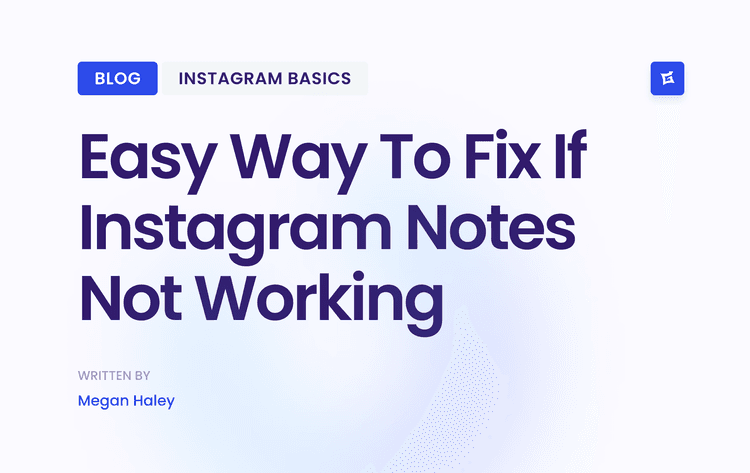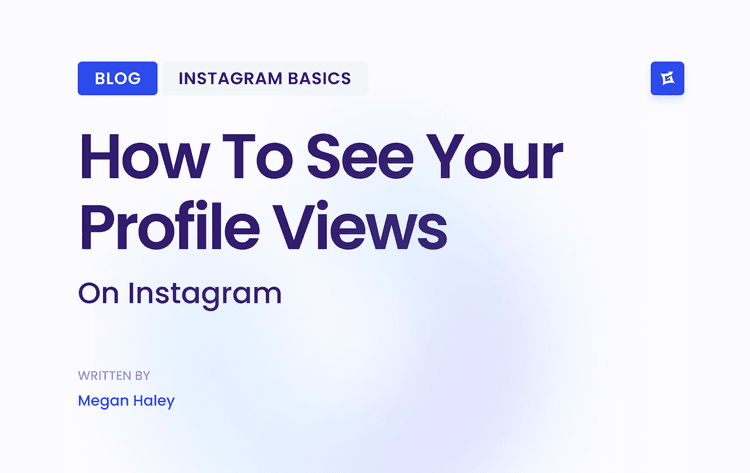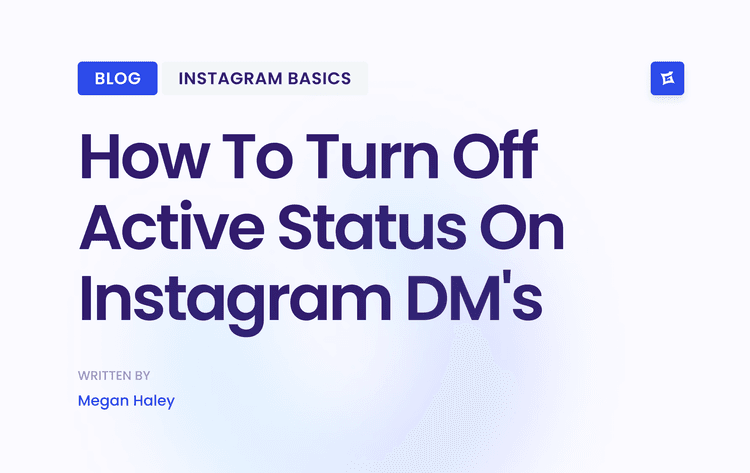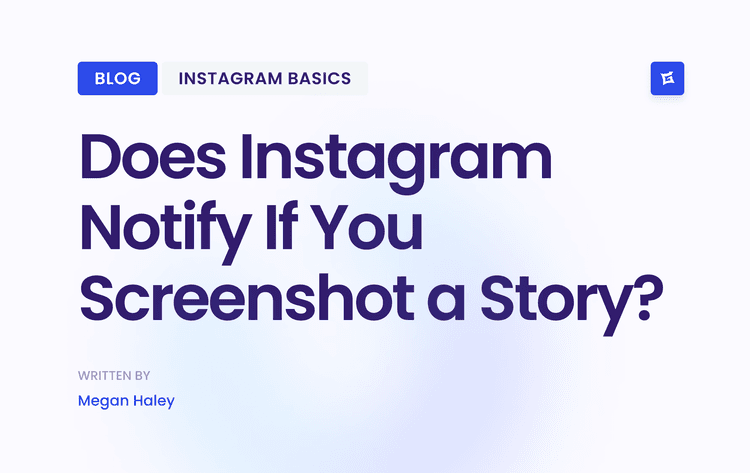1. Know Your Target Audience and Create Buyer Personas
Before you write a single blog post or design an infographic, the most critical first step is to define exactly who you are creating content for. Without a deep understanding of your ideal customer, your content marketing efforts will be like shouting into a void. This foundational step involves moving beyond basic demographics to create detailed "buyer personas," which are semi-fictional representations of your ideal customers based on market research and real data.

A critical first step in truly knowing your audience is to define your ideal customers; building a robust customer segmentation strategy helps create detailed buyer personas that guide your entire content strategy. These personas should encapsulate your customers' goals, motivations, pain points, and even their content consumption habits. For instance, Dollar Shave Club mastered this by creating humorous, relatable content that directly addressed the frustrations of millennial men tired of overpaying for razors.
How to Create Effective Buyer Personas
To build personas that accurately reflect your audience, you need to combine qualitative and quantitative data. This process ensures your content is not based on assumptions but on genuine customer insights, making it a vital part of our content marketing tips for small businesses.
Survey Existing Customers: Use simple tools like Google Forms or SurveyMonkey to ask your current happy customers about their challenges, goals, and why they chose your business.
Analyze Your Data: Dive into Google Analytics and social media insights. Look at demographic data, user behavior on your site, and which content formats generate the most engagement. This data provides a solid quantitative foundation. Discover more about how to find your target audience on Instagram.
Conduct Interviews: Nothing beats a direct conversation. Reach out to a few loyal customers and ask for a 15-minute interview to gain deeper, qualitative insights into their world.
Stay Focused: Start by creating just two or three primary personas. Trying to be everything to everyone is a common mistake that dilutes your marketing message.
By investing time in this initial step, you ensure that every piece of content you create is strategically designed to resonate with the people who matter most to your business, ultimately driving engagement and conversions.
2. Focus on Quality Over Quantity
In a digital landscape saturated with content, the temptation for small businesses is to publish as frequently as possible to stay visible. However, a more effective and sustainable strategy is to prioritize creating fewer, higher-quality pieces of content. This approach focuses on developing valuable, in-depth resources that truly serve your audience's needs, building trust and authority far more effectively than a constant stream of mediocre posts.

This method shifts the goal from simply being present to becoming an indispensable resource. Rather than churning out daily blog posts, you create one comprehensive guide that becomes a go-to reference in your industry. For example, SEO expert Brian Dean of Backlinko built his entire brand on this principle, publishing incredibly detailed, long-form guides and case studies that rank for competitive keywords and attract thousands of backlinks. This proves that one exceptional piece of content can deliver more long-term value than a hundred superficial ones.
How to Implement a Quality-First Content Strategy
Adopting a quality-over-quantity mindset requires a strategic shift in how you allocate your limited resources. This is one of the most impactful content marketing tips for small businesses because it maximizes your return on investment for every hour and dollar spent.
Create "Pillar" Content: Focus on creating long-form, evergreen content like ultimate guides, original research reports, or in-depth tutorials. These comprehensive pieces serve as a central hub that you can link to from smaller, related content.
Invest in Production Value: High-quality content isn't just about the words. Invest in professional editing, good graphic design, and a clean user experience. This signals to your audience that you are a credible and professional brand.
Go Deeper, Not Wider: Instead of covering a new topic every week, choose a core topic and explore it from every angle. Cover it more thoroughly and with more unique insights than any of your competitors. As marketing expert Ann Handley advocates, the goal is to create content that is "bigger, braver, and bolder."
Repurpose Strategically: A single high-quality guide can be repurposed into dozens of smaller content pieces. Turn it into an infographic, a video series, social media posts, or a webinar. This extends the life and reach of your best work without starting from scratch.
By focusing on creating truly exceptional content, you build a library of valuable assets that will continue to attract, engage, and convert your ideal audience for years to come.
3. Leverage User-Generated Content (UGC)
One of the most powerful and authentic forms of marketing doesn't come from your team; it comes directly from your happy customers. User-Generated Content (UGC) is any content, such as photos, videos, reviews, or social media posts, created by your audience rather than your brand. For a small business, leveraging UGC is a game-changer as it builds immense social proof, fosters a strong community, and provides a steady stream of authentic content without draining your resources.
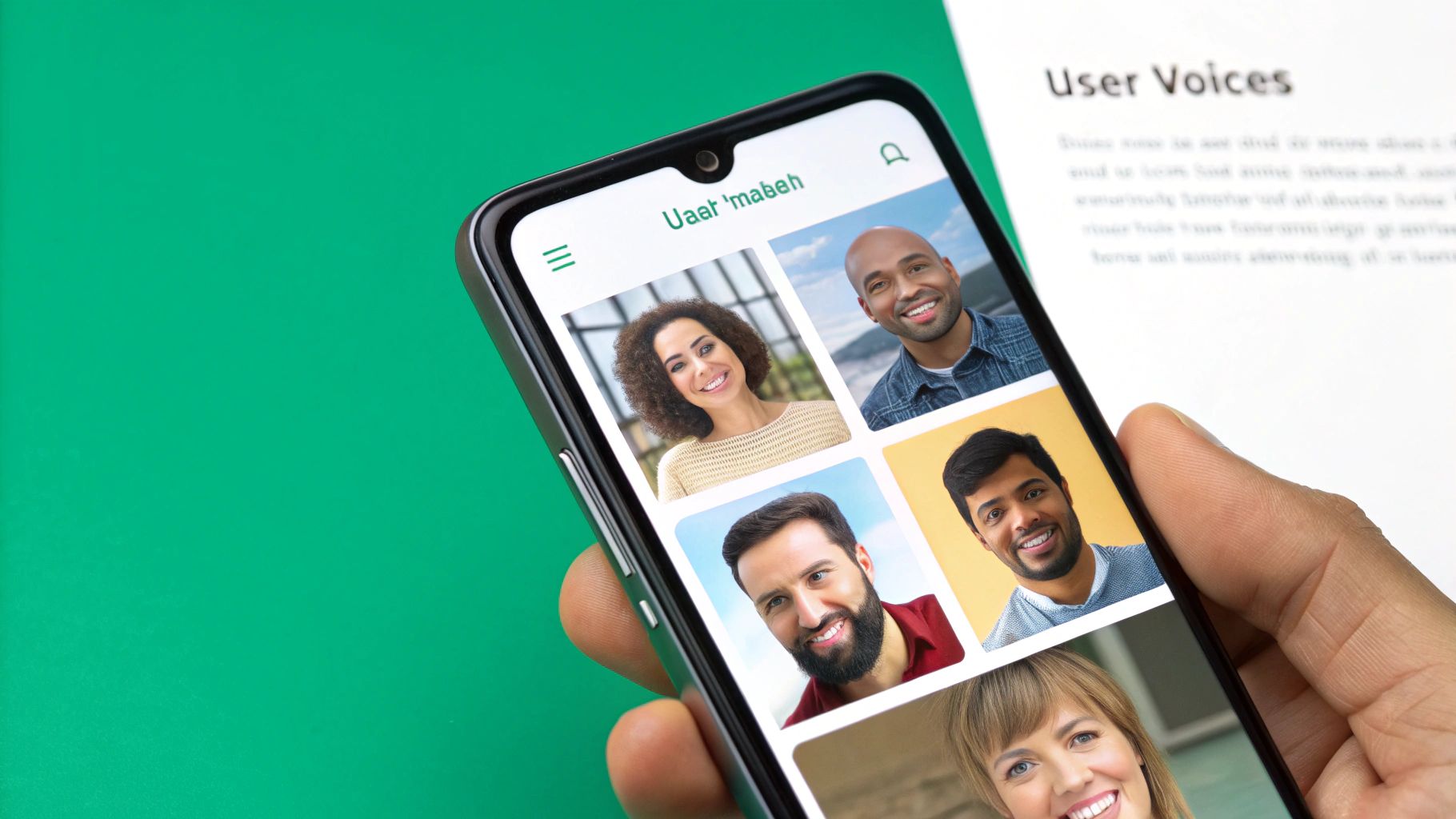
This strategy taps into the simple fact that people trust other people more than they trust brands. When potential customers see real people enjoying your products or services, it acts as a powerful, unbiased endorsement. Brands like GoPro have built their entire marketing strategy around this, turning customer adventure videos into compelling showcases of their camera's capabilities. Similarly, beauty brand Glossier features real customer photos on its product pages, allowing shoppers to see how products look on various skin tones.
How to Effectively Implement UGC
Encouraging customers to create and share content requires a clear and intentional strategy. By making it easy and rewarding for them to participate, you can turn your customer base into an enthusiastic team of brand advocates. Implementing this is a key part of our content marketing tips for small businesses because it delivers high-impact results with a minimal budget.
Create a Branded Hashtag: Develop a simple, memorable hashtag for your brand or a specific campaign (like Starbucks' famous #RedCupContest) and promote it everywhere. This organizes all submissions in one easy-to-find place on social media.
Always Ask for Permission: Before you reshare a customer's photo or testimonial on your official channels, send them a direct message to ask for their permission. It's respectful and legally important.
Offer Incentives: Encourage participation by offering a small reward, such as a discount on their next purchase, a small prize, or the chance to be featured on your social media profiles or website.
Engage and Acknowledge: When a customer tags your brand or uses your hashtag, engage with their post. A simple like, comment, or share shows your appreciation and encourages others to participate.
By actively collecting and showcasing user-generated content, you not only reduce your content creation workload but also build a loyal community that feels seen and valued, driving both engagement and sales.
4. Optimize Content for Local SEO
For small businesses that serve a specific geographic area, optimizing for local search is not just a good idea; it's a necessity. Local SEO involves tailoring your content to attract customers in your community, ensuring that when someone searches for "plumber near me" or "best coffee in [Your City]," your business shows up. This approach connects your content directly with high-intent local customers who are actively looking for your products or services.
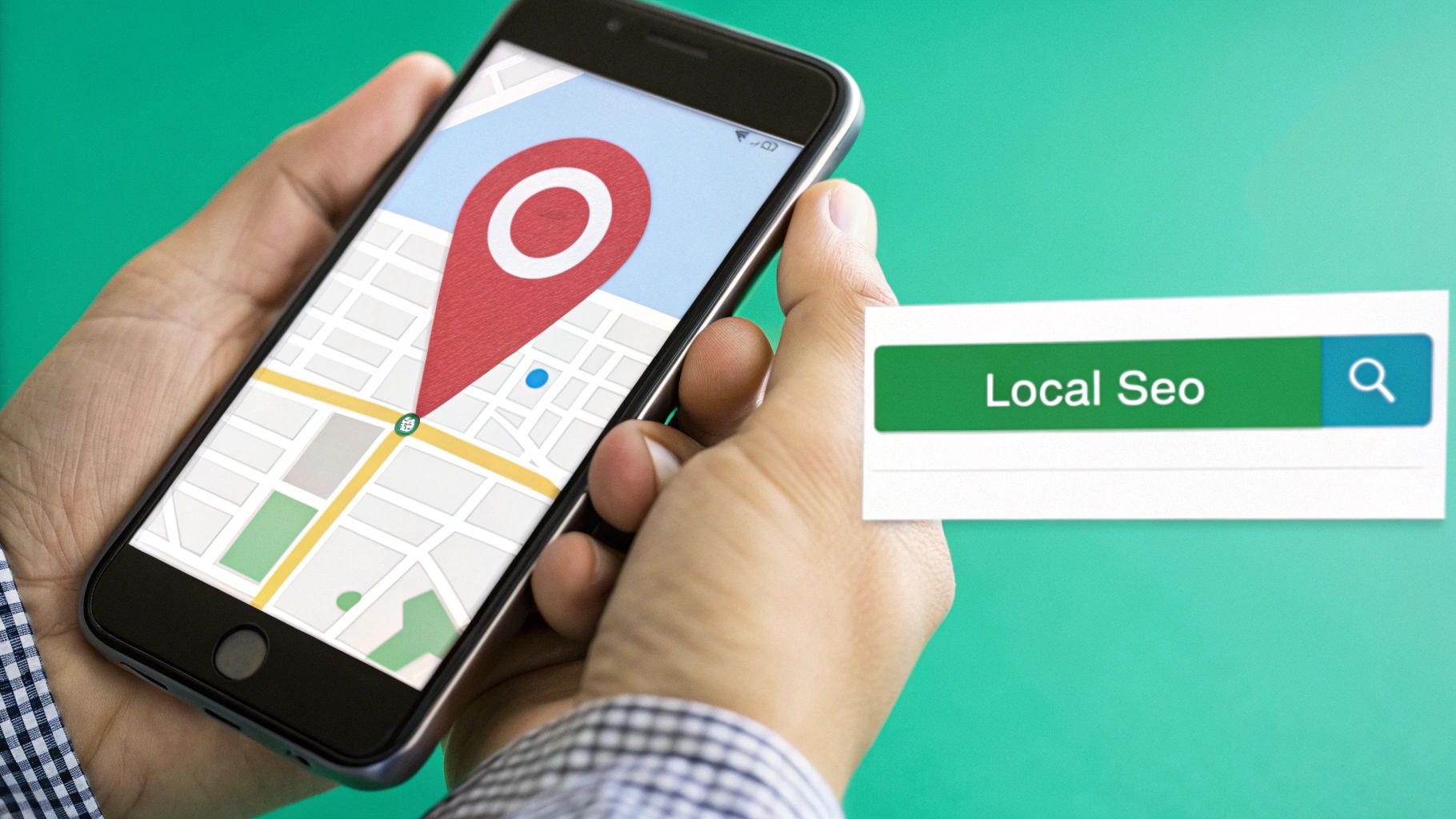
The goal is to signal to search engines that your business is a relevant and authoritative answer for local queries. A local restaurant, for example, can create a neighborhood food guide that not only promotes its own menu but also becomes a valuable resource for the community, attracting local organic traffic. This strategy positions your business as a local industry leader, building trust and visibility where it matters most: your own backyard.
How to Implement Local SEO in Your Content
Integrating local signals into your content marketing doesn't have to be complicated. By focusing on relevance and community engagement, you can significantly improve your local search rankings. This is one of the most impactful content marketing tips for small businesses aiming to dominate their local market.
Create Location-Specific Pages: Develop dedicated pages on your website for each city, neighborhood, or service area. Detail your services for that specific location and include local landmarks or customer testimonials from that area.
Write About Local Events and News: Publish blog posts about community events, local news, or partnerships with other local businesses. This shows search engines and customers that you are an active member of the community. A home service company could write about local home improvement regulations or seasonal maintenance tips specific to the region's climate.
Naturally Weave in Local Keywords: Incorporate your city, state, and neighborhood names into your content, including blog posts, page titles, and meta descriptions. Avoid keyword stuffing; the key is to make it sound natural and provide context for the reader.
Encourage Geo-Tagged Reviews: Ask satisfied customers to leave reviews on your Google Business Profile and mention their location. Positive reviews that include city or neighborhood names are powerful signals for local SEO.
By applying these tactics, you change your website from a generic online presence into a go-to local resource, driving foot traffic and local online conversions.
5. Repurpose Content Across Multiple Formats and Platforms
As a small business, your time and resources are precious. Instead of constantly brainstorming new ideas, one of the most efficient content marketing tips for small businesses is to get more mileage out of the content you already have. Content repurposing involves taking a single piece of content and changing it into multiple formats to distribute across various channels, maximizing its reach and value without multiplying the effort.
This strategy allows you to appeal to different audience segments who prefer consuming content in different ways, whether they enjoy watching videos, listening to podcasts, or reading blog posts. For example, Gary Vaynerchuk is famous for his content model, where one long-form keynote speech or video is broken down into dozens of smaller assets, including short video clips for TikTok, quote graphics for Instagram, and article snippets for LinkedIn.
How to Effectively Repurpose Your Content
The key to successful repurposing is to start with a substantial, high-value piece of content, often called a "pillar" piece, and strategically adapt it for different platforms. This ensures each new piece feels native to its platform while maintaining a consistent core message.
Start with a Pillar Piece: Choose a comprehensive blog post, an in-depth webinar, or a detailed video as your foundation. This core asset provides the substance for all subsequent content.
Adapt, Don't Just Copy-Paste: Tailor the repurposed content for each platform's unique audience and format. A blog post can become a visually engaging infographic for Pinterest, a series of quick-tip videos for Instagram Reels, or a professional slideshow for LinkedIn.
Use Accessible Tools: You don't need a large design team. Tools like Canva make it easy to create quote graphics, infographics, and short videos from your original text or audio content.
Think in Terms of a Series: Break down a long guide or webinar into a multi-part email series or a themed week of social media posts. This keeps your audience engaged and coming back for more. Dive deeper into effective content repurposing strategies to get the most out of every asset you create.
By adopting a repurposing mindset, you not only save significant time but also reinforce your key messages across the digital landscape, solidifying your brand authority and reaching a wider audience.
6. Tell Authentic Stories and Showcase Brand Personality
Beyond features and benefits, customers connect with the human side of a business. Storytelling in your content marketing involves sharing authentic narratives about your brand's mission, its people, and its customers. This approach moves beyond purely promotional material to forge genuine emotional connections, building a loyal community around your brand rather than just a customer base.
Humanizing your brand through narrative is a powerful way to differentiate yourself in a crowded market. An authentic brand story provides context and meaning, making your business more memorable and relatable. For instance, TOMS Shoes built its entire brand on a compelling story: the "one-for-one" giving model. Every piece of their content reinforces this narrative, changing a simple shoe purchase into a meaningful act of charity and making customers feel like part of a larger movement.
How to Weave Storytelling into Your Content
Integrating storytelling doesn't require a Hollywood budget; it requires authenticity and a focus on the narratives that define your brand. This strategy is one of the most effective content marketing tips for small businesses looking to build lasting customer relationships.
Share Your 'Why': Don't just sell what you do; explain why you do it. Talk about the problem you set out to solve or the passion that launched your business. This origin story is a powerful asset.
Spotlight Customer Journeys: Feature testimonials and case studies that tell the story of a customer's achievement. Focus on their challenges before your product and their success after.
Go Behind the Scenes: Use social media stories, blog posts, or videos to show your team at work, the process of creating your product, or a day in the life at your company. This transparency builds trust.
Define and Maintain Your Brand Voice: Whether your tone is witty, inspirational, or educational, ensure it is consistent across all platforms. A consistent voice makes your brand personality feel reliable and authentic.
By telling compelling stories, you give your audience a reason to connect with your brand on a deeper level, fostering loyalty that transcends pricing and product features.
7. Engage Actively with Your Community
Content marketing isn't a one-way street where you simply broadcast messages to your audience. True success comes from turning this monologue into a dynamic dialogue. Community engagement involves actively participating in conversations, responding to comments, and building genuine relationships on your content platforms. This approach changes your brand from a faceless entity into a trusted member of the community.
This two-way communication is a cornerstone of modern content marketing tips for small businesses because it builds loyalty and advocacy. For example, the beauty brand Glossier built its empire by actively listening to and engaging with its Instagram community, making customers feel heard and valued. Similarly, Wendy's witty and responsive Twitter personality created a viral sensation, turning simple customer interactions into major marketing wins.
How to Foster an Engaged Community
Building a thriving community requires consistent effort and a genuine desire to connect. It's about showing up, listening, and adding value beyond your products or services. By treating your audience as partners, you create a loyal following that will champion your brand.
Respond Promptly and Thoughtfully: Aim to reply to comments and messages within 24 hours. Go beyond generic "thanks" and ask follow-up questions or offer additional insights to keep the conversation going.
Encourage Discussion: End your blog posts, videos, or social media captions with open-ended questions. This directly invites your audience to share their thoughts and experiences.
Share User-Generated Content (UGC): Actively look for and share content created by your community members (with their permission). This not only provides you with authentic content but also makes your audience feel recognized and appreciated.
Use Social Listening: Employ tools to monitor conversations happening around your brand, industry, and relevant keywords. This allows you to jump into relevant discussions and offer value even when you aren't directly tagged. To effectively engage your community and keep your content fresh, it's essential to continually explore creative social media content ideas to boost engagement.
By making community interaction a priority, you build powerful social proof and a network of advocates who will amplify your message far more effectively than traditional advertising ever could. Discover more about how to build a loyal following with these community engagement strategies on gainsty.com.
7 Key Content Marketing Tips Comparison
Know Your Target Audience and Create Buyer Personas
Medium complexity, requiring detailed research and data analysis.
Needs moderate resources such as analytics tools and surveys.
Leads to high relevance, stronger engagement, and improved conversions.
Best for businesses seeking targeted marketing and personalization.
Advantage: Increases content relevance, reduces waste, and improves conversion rates.
Focus on Quality Over Quantity
Medium complexity, involving in-depth research and content creation.
Requires moderate time and editing resources.
Builds strong brand authority and lasting content value.
Useful for brands aiming for authority and sustainable content.
Advantage: Builds trust, boosts SEO rankings, and provides evergreen content.
Leverage User-Generated Content (UGC)
Low to medium complexity, involving community management and permissions.
Low resource requirement since it relies on customers to create content.
Produces authentic social proof, higher engagement, and stronger loyalty.
Works well for brands with an active customer base and social identity.
Advantage: Builds trust, reduces content creation costs, and encourages engagement.
Optimize Content for Local SEO
Medium complexity, requiring local keyword and profile optimization.
Needs moderate resources for ongoing management and local research.
Improves local visibility and increases local conversions.
Ideal for small or local businesses targeting specific geographic areas.
Advantage: Targets high-intent customers with less competition.
Repurpose Content Across Multiple Formats and Platforms
Medium to high complexity, requiring multi-format skills and planning.
Moderate resources are needed, such as design and adaptation tools.
Extends content reach and increases lifespan.
Best for content-heavy businesses aiming for maximum ROI.
Advantage: Maximizes content value and efficiently reaches diverse audiences.
Tell Authentic Stories and Showcase Brand Personality
Medium complexity, requiring storytelling skills and a consistent brand voice.
Low to moderate resources focused on content creation.
Creates emotional connection and strengthens brand loyalty.
Works best for brands focused on differentiation and emotional engagement.
Advantage: Builds emotional bonds, humanizes the brand, and increases sharing.
Engage Actively with Your Community
High complexity, requiring daily interactions and monitoring.
High resources, including staff time and tools for engagement.
Builds strong relationships, valuable feedback, and brand advocacy.
Ideal for brands prioritizing customer relationships and real-time engagement.
Advantage: Builds loyalty, improves satisfaction, and amplifies reach through advocacy.
Putting Your Content Plan into Action
The journey through the world of content marketing can feel overwhelming, especially for a small business juggling countless priorities. The strategies we've explored are not just a checklist of tasks but a foundational blueprint for building meaningful, lasting relationships with your customers. From the meticulous creation of buyer personas to the strategic repurposing of a single great idea, each of these content marketing tips for small businesses is designed to deliver a significant impact without requiring a massive budget.
Remember, the goal isn't to be everywhere at once. It's to be where your audience is, consistently delivering value. Authenticity will always outperform a flawless but soulless campaign. Your unique brand story, the genuine interactions you have with your community, and the real voices of your satisfied customers are your most powerful marketing assets.
From Insights to Impact: Your Next Steps
Feeling motivated is one thing; translating that energy into action is another. Don't let the scope of content marketing lead to paralysis. Instead, focus on a methodical, step-by-step implementation.
Here is a simple plan to get started:
1. Choose Your Starting Point: Review the tips discussed. Which one resonates most with your immediate business goals? If you need more local foot traffic, start with Local SEO optimization. If you have a vibrant customer base, begin by leveraging User-Generated Content. Pick one or two key areas to focus on first.
2. Set a Realistic Goal: What does success look like in 30 or 90 days? It could be publishing two high-quality blog posts, increasing local search traffic by 10%, or getting five customers to share their experiences on social media. Define a clear, measurable target.
3. Create a Simple Calendar: Consistency is crucial. Map out your content for the next month. This doesn't have to be complex. A simple spreadsheet noting the topic, format (blog, video, social post), and publication date is all you need to maintain momentum.
4. Listen, Measure, and Adapt: Your content strategy is a living document. Use free tools like Google Analytics and your social media platform insights to track what works. Pay close attention to comments and audience feedback. This data is your guide to refining your approach and doubling down on success.
Mastering these content marketing tips for small businesses is about building an engine for sustainable growth. It's a long-term investment that builds brand equity, fosters customer loyalty, and ultimately drives sales. By committing to quality, authenticity, and community engagement, you are not just marketing a product; you are building a brand that people know, like, and trust. Now is the time to take that first decisive step, create with purpose, and watch your business grow.
Ready to amplify your content and build an engaged social media community? Gainsty helps you connect with influencers and creators, turning your powerful content marketing efforts into tangible audience growth. Start your journey to a larger, more active following at Gainsty.

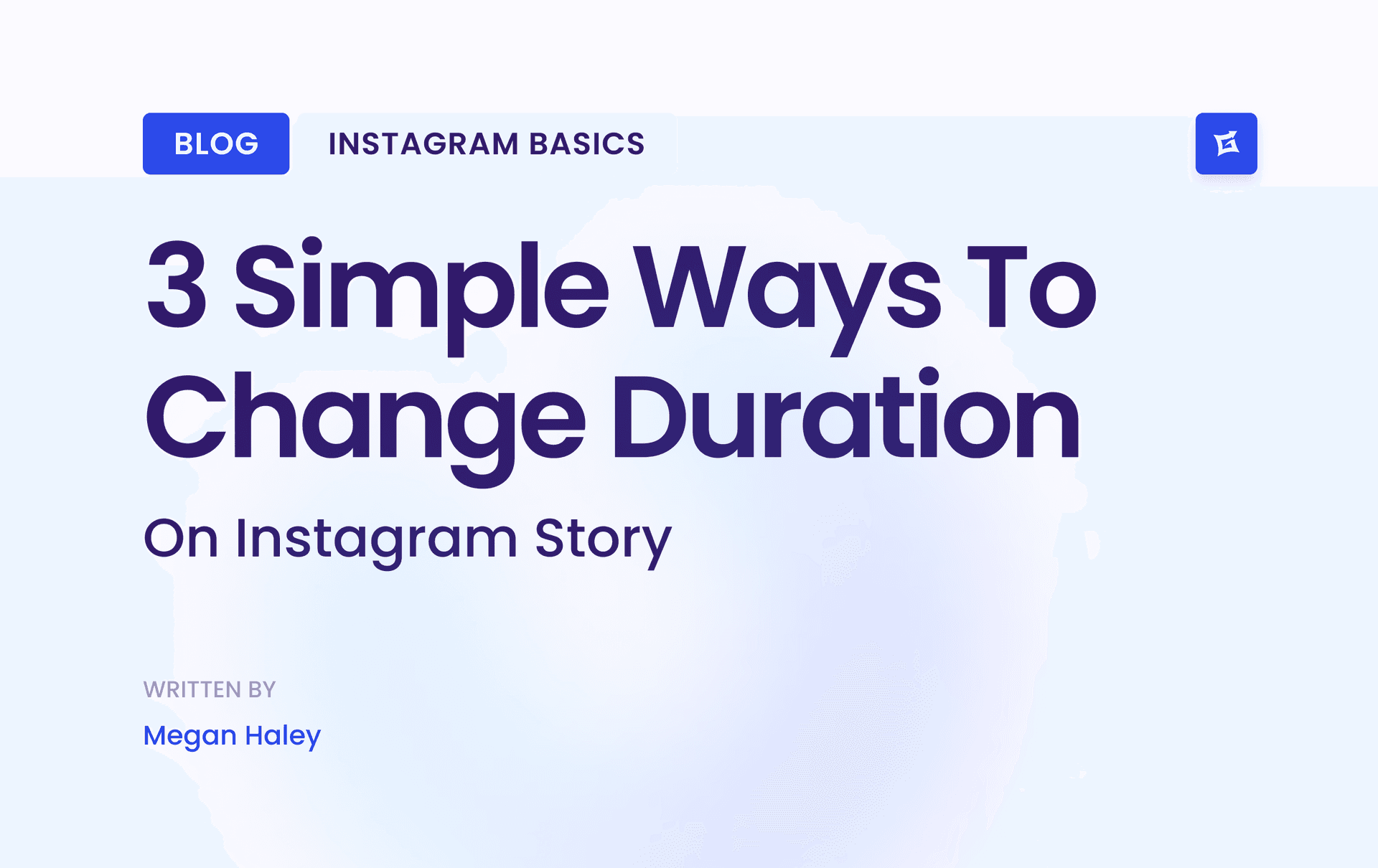
.png&w=1920&q=75&dpl=dpl_9XSWKBjhcBN6v6b1SN7m3p1WWjfr)
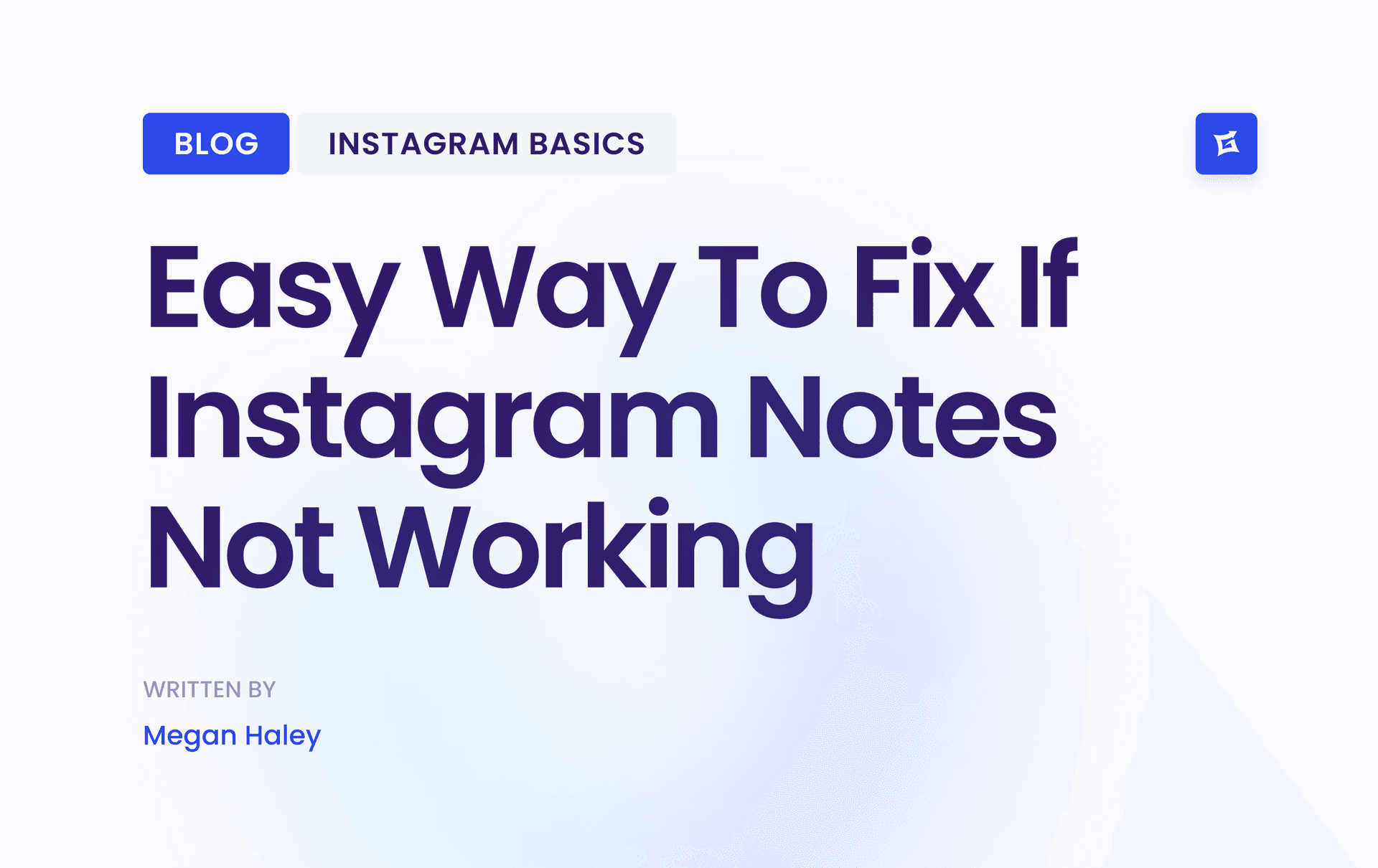
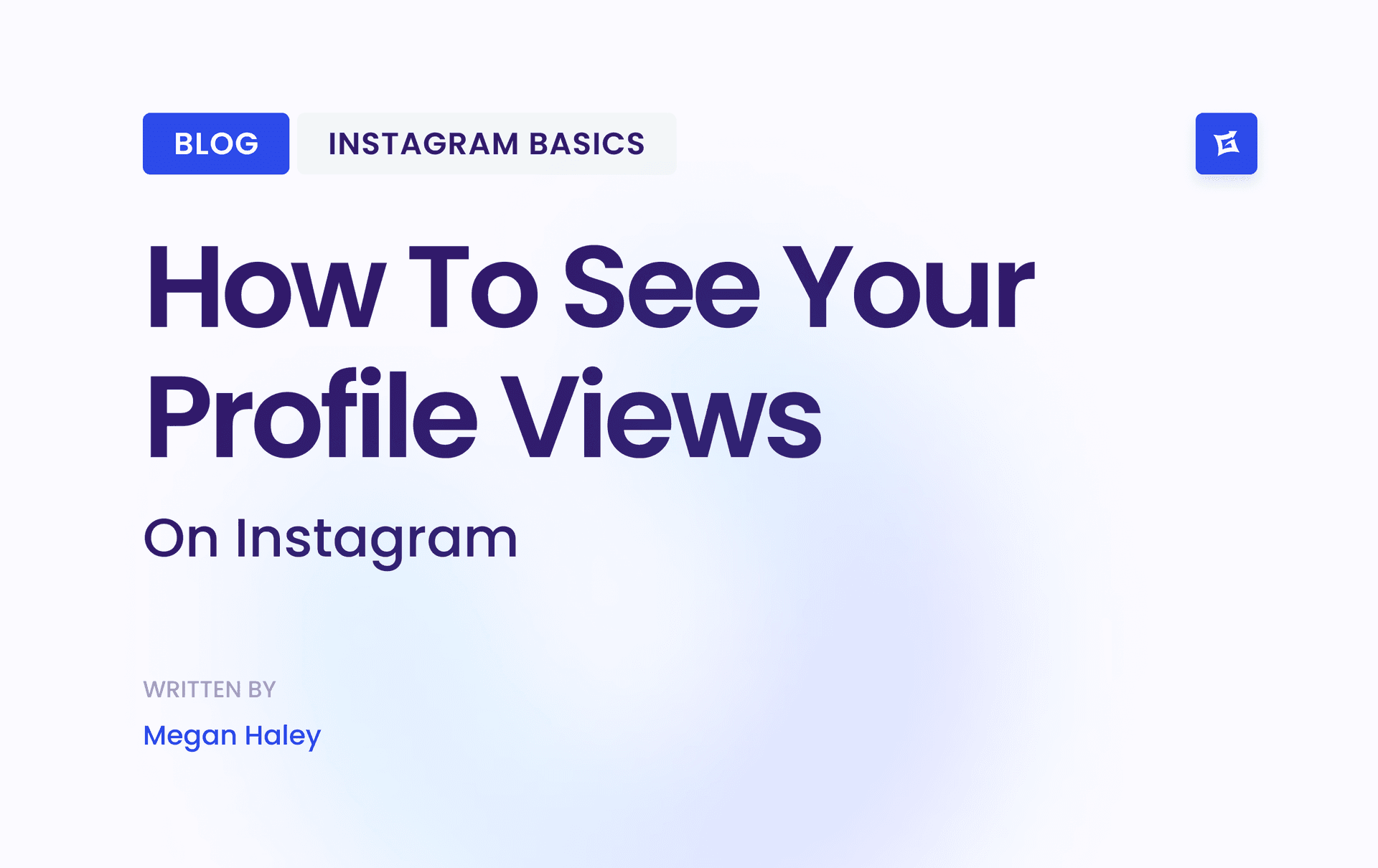
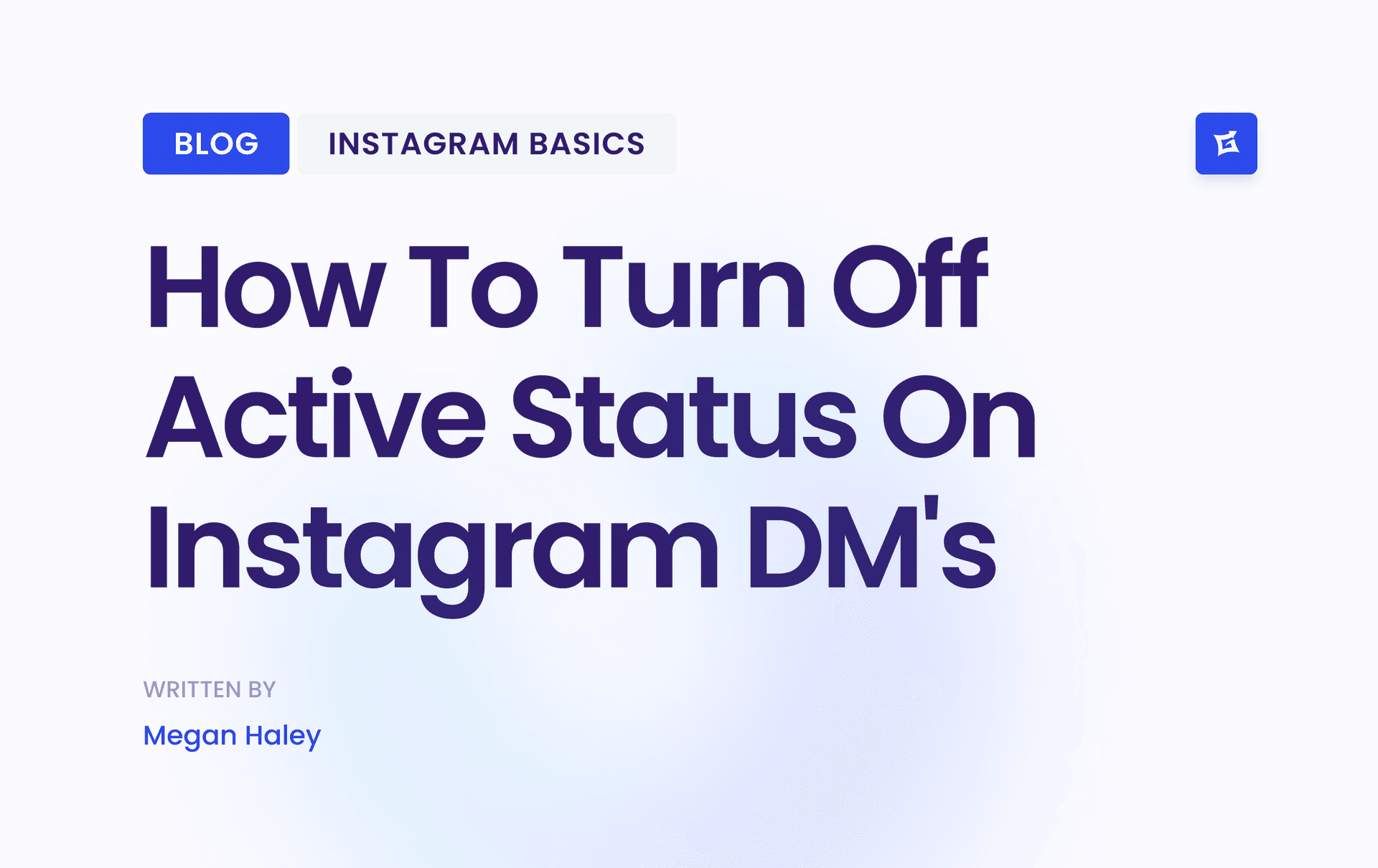
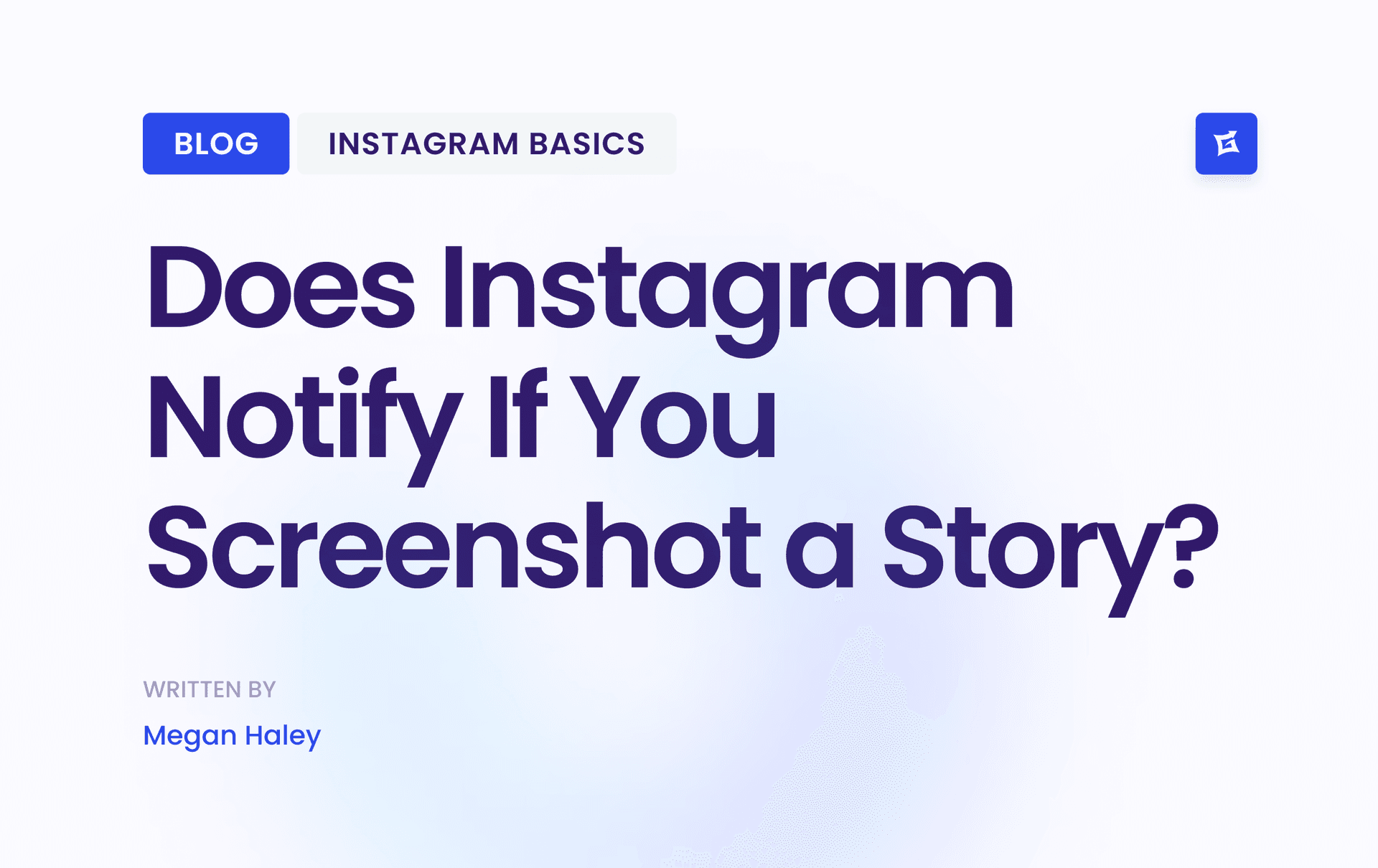



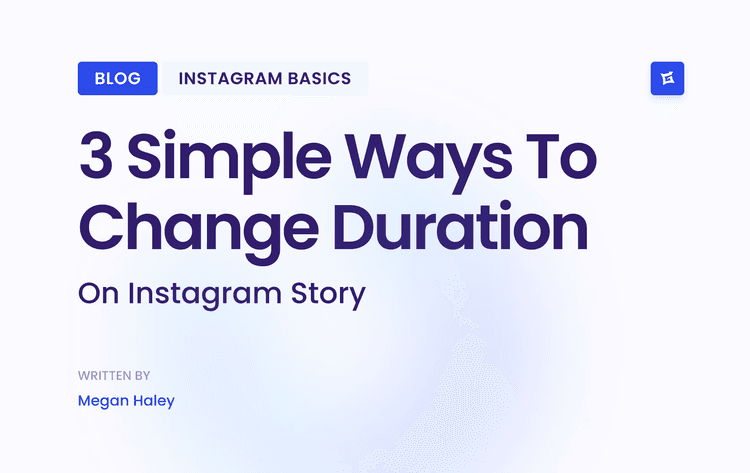
.png&w=750&q=75&dpl=dpl_9XSWKBjhcBN6v6b1SN7m3p1WWjfr)
